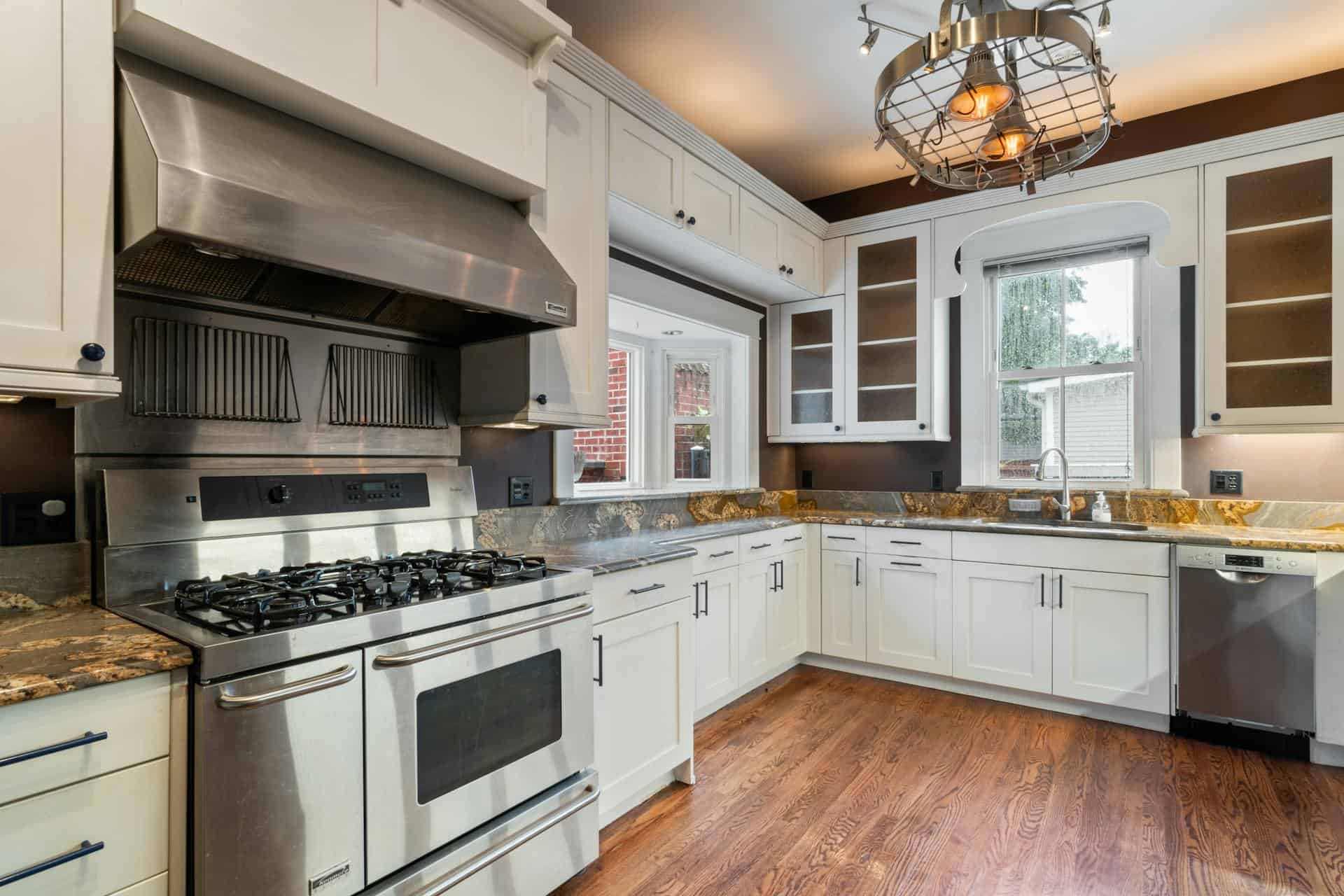
Question: Where Do Kitchen Vents Vent To?
Answer: Kitchen vents typically vent to the outside of your house, either through the roof or a wall. This removes cooking fumes, grease, and moisture.
Understanding Kitchen Ventilation
Kitchen vents remove cooking fumes, grease, and moisture from your home. Knowing where these vents lead is crucial for a healthy and efficient kitchen. This article explains the typical destinations of kitchen vent ducts and highlights important considerations for homeowners.
Common Kitchen Vent Destinations
Most vents expel air outside. This protects indoor air quality and prevents grease buildup inside walls. The vent connects to a duct system that leads to an exterior vent opening.
Several factors determine the vent’s path. These include the kitchen’s location, the house’s design, and local building codes. A common exit point is the roof. Builders often choose this route because it provides a straight path for efficient ventilation.
Another common exit point is an exterior wall. This option often works well for kitchens located on the side of a house. Venting through a wall usually requires a shorter duct run than venting through the roof. This shorter route can sometimes reduce installation costs. It also makes future maintenance easier.
Click here for more information on cupboard refacing Toronto
Related Article: How Do You Ventilate a Windowless Kitchen?
Related Article: What are the Specifications For Kitchen Ventilation?
Importance of Proper Venting
Proper venting plays a vital role in maintaining a healthy and safe kitchen environment. It removes harmful pollutants, reduces moisture, and prevents grease buildup. These benefits contribute to better indoor air quality and a lower risk of fire hazards.
Effective ventilation also helps prevent damage to kitchen cabinets and other surfaces. Excess moisture can cause warping and discoloration. Grease accumulation can create a sticky film that is difficult to clean. Proper venting removes these substances before they can cause damage. It helps keep your kitchen looking clean and new.
Troubleshooting Common Vent Issues
Sometimes, kitchen vents experience problems. One common issue is reduced airflow. This can result from a clogged duct or a faulty fan. Regular cleaning of the ductwork and timely replacement of the fan can help prevent these problems. Another common issue is a noisy vent. This often indicates a loose duct connection or a worn-out fan motor.
Reduced Airflow:
Check for obstructions in the ductwork. Ensure the fan operates correctly.Noisy Vent:
Tighten loose duct connections. Consider replacing the fan motor if it’s worn out.Grease Buildup:
Clean the ductwork regularly to prevent grease accumulation.
Maintaining Your Kitchen Vent System
Regular maintenance keeps your system working efficiently. Clean the vent hood filters regularly. Most filters are dishwasher-safe, making cleaning easy and convenient. Inspect the ductwork periodically for any signs of damage or blockage. Professional duct cleaning every few years can help remove built-up grease and debris. This ensures optimal airflow and reduces fire hazards.
Replacing worn-out components, like the fan motor, helps maintain the system’s effectiveness. Addressing these issues promptly keeps your vents operating smoothly and efficiently.
Recirculating Range Hoods: An Alternative
Recirculating range hoods offer an alternative to traditional vented hoods. They filter the air and return it to the kitchen instead of venting it outside. These hoods use filters to trap grease and odors. While they do not remove moisture, they offer a viable option for kitchens where exterior venting is difficult or impossible.
Recirculating range hoods usually require regular filter replacement. Their effectiveness depends on the quality and condition of the filters. Consider the pros and cons of each type of hood based on your specific needs and kitchen setup when choosing a range hood.
Conclusion
Understanding where your kitchen vents vent is important for maintaining a healthy and functional kitchen. Most vents lead outside, either through the roof or an exterior wall. Regular maintenance and prompt troubleshooting ensure your vent system operates effectively. This protects your home and family from potential hazards. Remember to consider the benefits of each venting method and choose the best solution for your kitchen’s needs.

Blue Malue Get in touch with Blue here.
